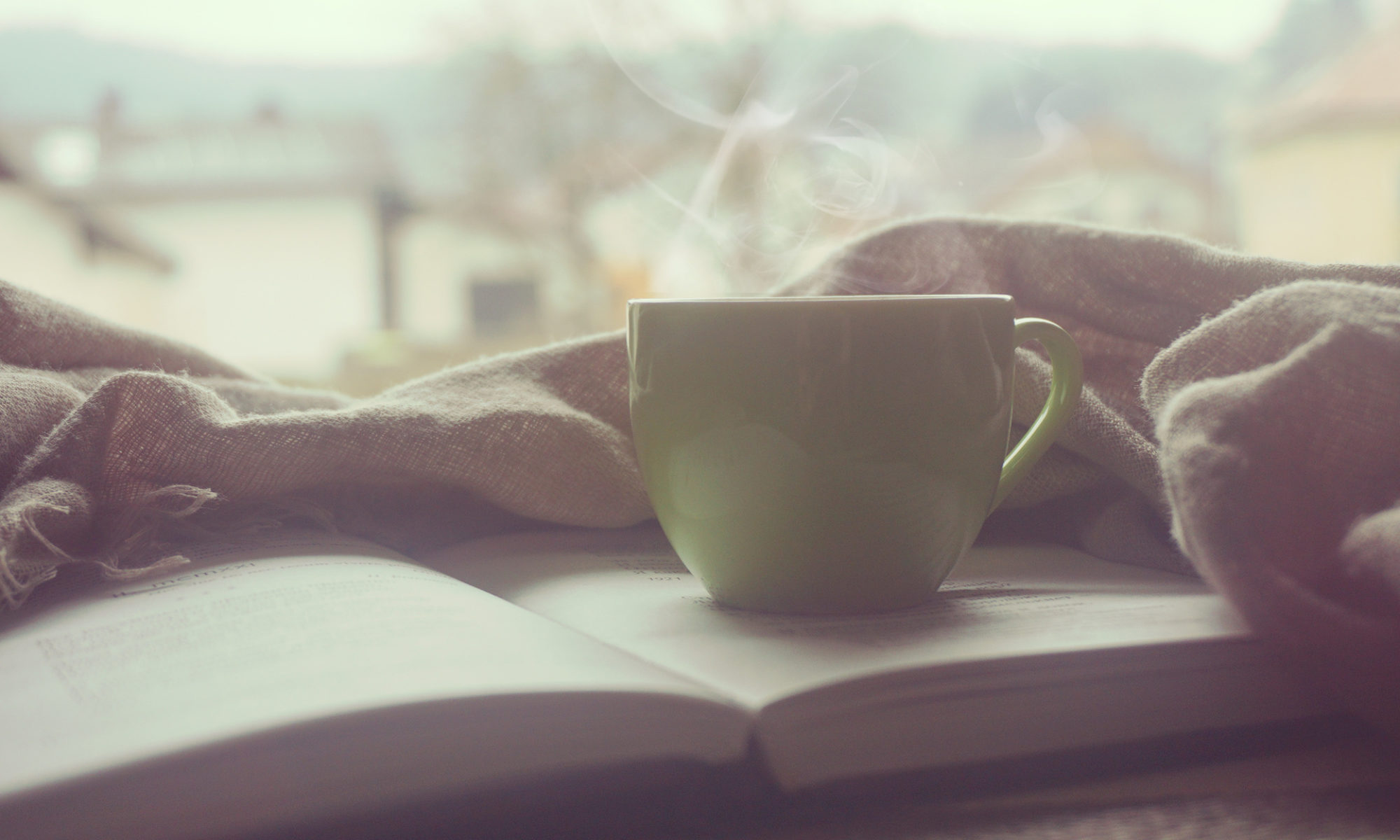I find myself asking a lot of How? question. Or I make how statements like I don’t know how to do something. So I pulled what I describe as one of my favorite books off the shelf. I think I call it my favorite because I love the title: The Answer To How Is Yes, by Peter Block. As I re-read it I realized why it stands out.
The introduction convicts me:
There is depth in the question “How do I do this?” that is worth exploring. The question is a defense against action. It is a leap past the question of purpose, past the queston of intentions, and past the drama of responsibility. The question “How?”–more than any other question–looks for the answer outside of us. It is an indirect expression of our doubts…
Pg, 1, The Answer to How is Yes, Peter Block
My notes on the book and long and deep. I say yes when I read how questions overvalue practical and doable skipping over purpose, and to truly act on our values we must accept that we are free to choose our own message regardless of what society says (Pg 41).
The most profound section of the book for me this time is one that I don’t remember reading last time, in spite of the yellow highlights I see. It asks us to be social architects. It explains that architects are concerned with beauty and practicality. And to be a social architect means that we are able to design social spaces where we thrive.
The social architect’s task is to create the space for people to act on what matters to them. It requires faith in common values and interest in the common good…What is required is simply the will to act as if we know enough right now to put the dream into action. And the belief that this is possible.
Pg 174, Peter Block
I want to live into this role and I will have to practice. I keep coming back to the question: How do I become a social architect? The answer is yes.




